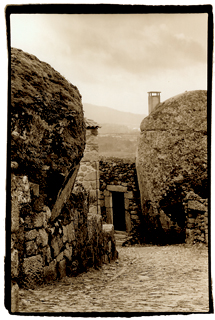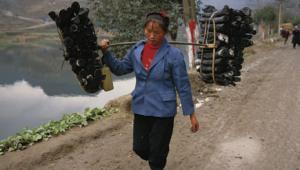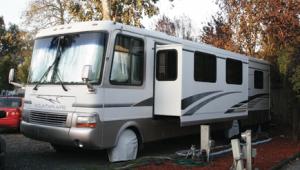Timeless Travel
Images Made With History In Mind
Photos © 2004, Frances E. Schultz, All Rights Reserved
The compendiously named Album vom Rhein, vom Bodensee bis Duesseldorf, nebst Schwarzwald, Strassburg i.E., Karlsruhe, Heidelberg und Wiesbaden was published by Globus Verlag GmbH, Berlin, in the early years of the 20th century. It was probably a present to my great-grandmother Anna Schultz, nee Lecherling, who was born in 1866. When I was 5 years old, it was my favorite picture book. Together with an 1880s edition of Baedecker's Switzerland, it was responsible for developing my wanderlust and my compulsion to record what I see--though I did not see the Rhein until I was in my 30s.
 |
|
|
Even so, they are timeless enough. Many of them could be taken today, a hundred
years and two World Wars notwithstanding. In 1521 Martin Luther said "Hier
stehe ich; ich kann nicht anders" (Here I stand: I can do no other). These
pictures are the same. There are no compromises.
These are not the only pictures I have seen that have the same mood. Think of
Atget's Paris, or Hill and Adamson's Edinburgh, or Felice Beato's
Japan. Even where the subjects are long gone, there is still a fascination in
being able to look
at somewhere and think, "Yes, it must have been like that."
What if you wanted to make pictures that stand against time like this? Can
you do it? Yes.
First, look hard at the kind of timeless pictures you admire. They are almost
always in black and white--I will come back to that--but more importantly,
they are often rather static, apparently just bare records of what was there.
Therein lies their fascination. They are very carefully composed records, beautifully
executed. That is what makes them remarkable. If someone looks at your collection
of travel pictures in 100 years time, what will they see? Will they be able
to shoot a similar scene? How will it be different? Almost more fascinating,
how will it be the same?
This is probably the most important thing. Change can be hard to handle. We
all know it exists. Some of it, we welcome. But we need to know where we stand,
where the places we see stand: here and now, and then and there.
After all, much of the pleasure in a "timeless" picture can lie
in working out when it was taken, from the kind of details noted earlier. From
those clues and from other internal evidence, including the clothes people are
wearing, the publication date of the Album vom Rhein must be around 1904. In
one sense, this doesn't matter: it does not detract from the timelessness.
In another, it makes the pictures even more timeless, showing what has stayed
the same, as well as what has changed.
 |
|
|
Remember, too, that if the clues are kept to a minimum, they can be fascinating
in their own right. Think of two pictures of the same place, at first glance
identical except for the one automobile parked in the picture. In one it is
a finny monster from the 1950s; in the other, an SUV from 2005. Think how much
fun that will be for someone in 2050! And if you really want to fool them, see
if you can find someone who owns a Stutz Bearcat and ask him to park it there,
early one Sunday morning...
On the technical side, many timeless images display a tremendous richness of
detail. First, you need to control that detail, and make sure that it conveys
the timelessness you are seeking. You have to be very observant, and you may
have to do some "gardening" (removing unwanted evidence such as
beer cans or candy wrappers) or you may have to change your viewpoint to eliminate
distractions.
Then you need to capture the detail. This means sharp lenses and (if necessary)
Momentaufnahmen. Or you may decide to use very long exposures, so that anything
moving is blurred. Use a strong enough Neutral Density (ND) filter and an exposure
of several seconds or even minutes and many moving subjects will blur into nothingness.
A tripod is essential for long exposures, but even for Momentaufnahmen it can
be a big help because it forces you to slow down and think more about the view
you want to take. Many of the timeless images from the past were taken with
tripod-mounted cameras.
- Log in or register to post comments

















































